The Big 5 (+ 17): 22 Amazing Animals of South Africa
Before any trip to South Africa, or anywhere else on a continent known for its safaris, you’ll inevitably hear about “The Big Five.” These are, you’ll come to learn, the five game animals hunters once declared to be the most dangerous and difficult to hunt on foot. Despite the fact that these animals aren’t hunted legally anymore, the name has stuck – nowadays, it’s a sort of badge of honor to see all of the “Big Five” animals during a safari trip.
The thing is, as you’ll no doubt realize quickly, there are far more animals that are worth getting excited about when on safari. The moniker “big” doesn’t even necessarily need to refer to an animal’s size, either – if it’s a rarity to see an animal in the wild, it’s a big deal to catch a glimpse of it, no matter how big or small it is.
Not only that, you don’t want to inadvertently piss off a hippo just by leaving it off your must-see list, right?
It is in the spirit of making sure all the amazing animals in South Africa get their due that I humbly submit to you a new list – the Big 22.
First, we’ll look at the original Big Five – the classics – and then we’ll look at my 17 additions to the list. What animals would you add to the Big Five list? Let me know in the comments section!
The Big Five: Classic Edition
Lion
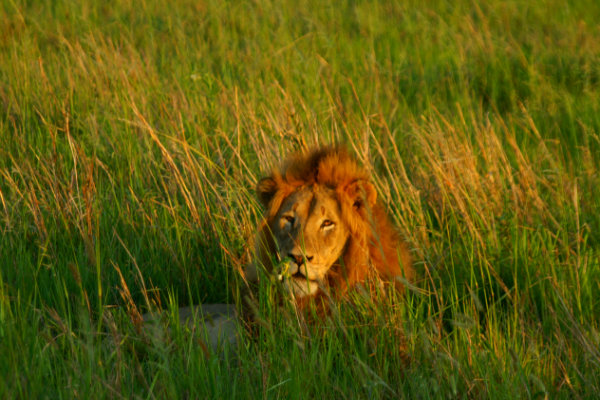
photo by Jessica Spiegel and may not be used without permission
The undisputed king of the jungle, the lion is easy to include on any list of “big” African animals. Seeing a male lion on safari, especially given how close you can often get to them, can be pretty eerie.
African Elephant
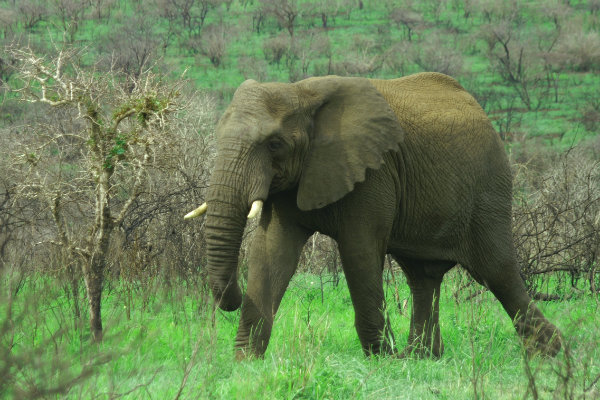
photo by Jessica Spiegel and may not be used without permission
The enormous African elephant is one of the animals game reserve rangers give wide berth – they’re sort of unpredictable, and since they tower over safari vehicles they’re not exactly easily intimdated.
Rhinoceros
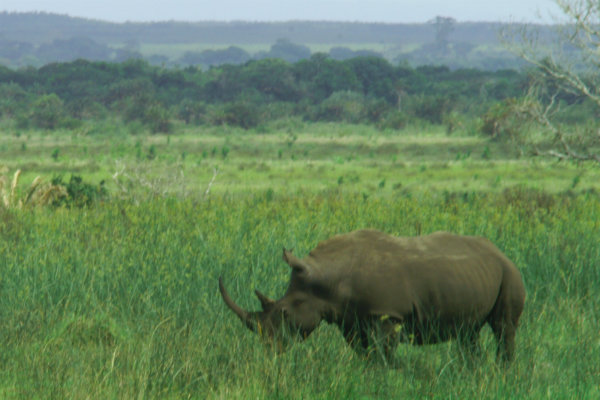
photo by Jessica Spiegel and may not be used without permission
There are two kinds of rhinos you may see on safari – the white rhino and the black rhino. Both qualify for the old-school “Big Five” status, and (sadly) both can be relatively rare sightings these days, thanks to poachers.
Leopard

photo by David Berkowitz
The leopard is typically the most difficult of the “Big Five” to see while on safari, as they’re masters of stealth. They hang out in trees, so to have a better shot at seeing them plan on a winter safari when the trees are bare of leaves.
Cape Buffalo
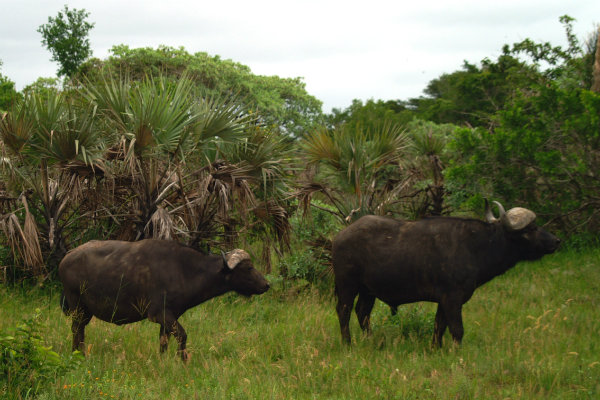
photo by Jessica Spiegel and may not be used without permission
The Cape buffalo may look more or less like cows with huge horns, but these guys are more dangerous than you might think. They can be pretty aggressive, and you really don’t want to be on the wrong end of those horns.
The Big 17: 2012 Additions
Great White Shark
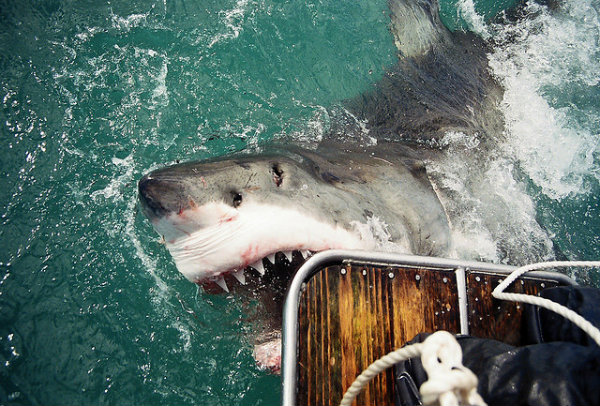
photo by bellamy.andrew
Let’s face it, any list of “big deal” animals in South Africa that doesn’t include the great white shark is just plain silly.
Hippopotamus
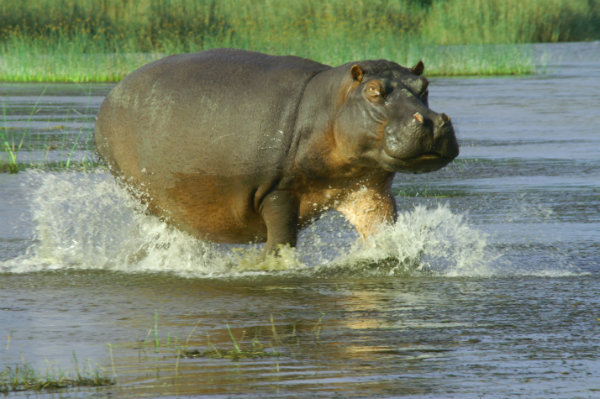
photo by Jessica Spiegel and may not be used without permission
Despite being herbivores, hippos kill more people in South Africa than all the other animals – combined. Why? They’re insanely aggressive, and people are lulled by their oafy appearance into thinking they’re just like overgrown pigs.
Giraffe

photo by Jessica Spiegel and may not be used without permission
When it comes to “big,” you can’t get much bigger than the giraffe – at least in terms of height. These beautiful animals seem to glide above the treeline.
Cheetah
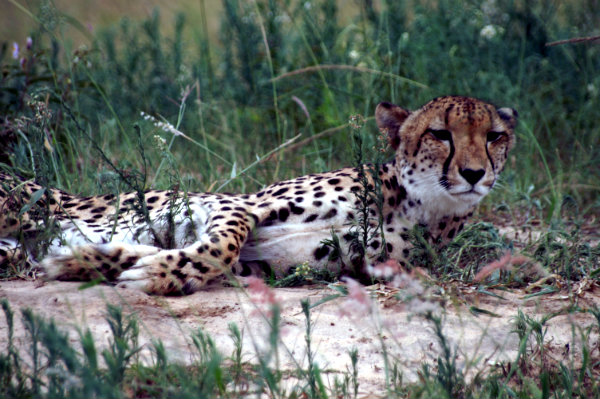
photo by Jessica Spiegel and may not be used without permission
Cheetahs may look somewhat similar to leopards, but these sleek cats don’t climb trees. They’re known for being sprinters, and are exceptionally graceful.
Leatherback Turtle

photo by David of South Africa Tourism
These prehistoric-looking turtles are more massive than you can imagine – they’re the biggest sea turtles, sometimes growing to more than 7ft long and weighing in at 1500lb.
Zebra
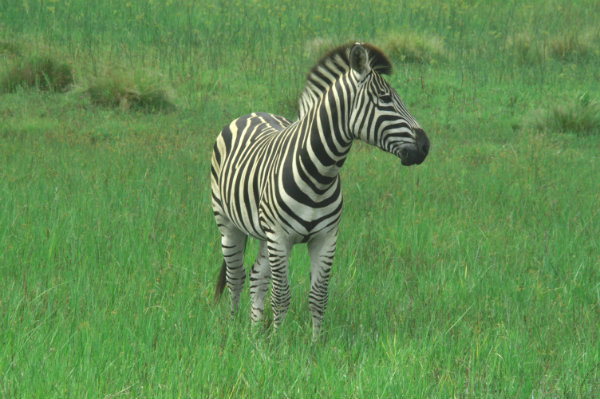
photo by Jessica Spiegel and may not be used without permission
Seeing a group of zebras together in a bright green field, it’s easy to see why a herd is called a “dazzle.”
Kudu
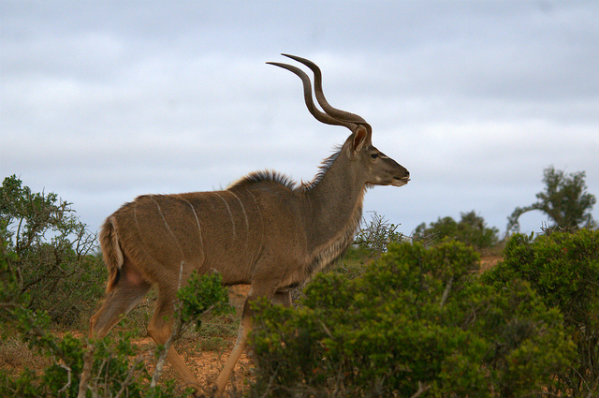
photo by Bird Brian
The female kudu is reasonably pretty, but it’s the male with its long, curly horns that is the one to be on the lookout for.
Crocodile
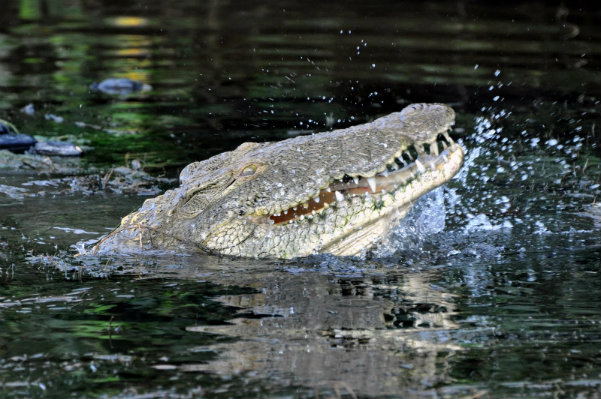
photo by David of South Africa Tourism
You might only see the tip of the crocodile’s head as it floats by your tour boat, but don’t fool yourself into thinking there isn’t a large and dangerous reptile attached to that head.
Ostrich
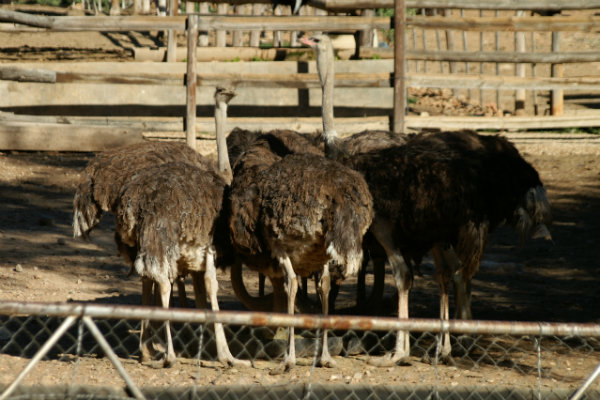
photo by Jessica Spiegel and may not be used without permission
They may not be the brightest birds on the planet, but they certainly are among the biggest.
Southern Right Whale
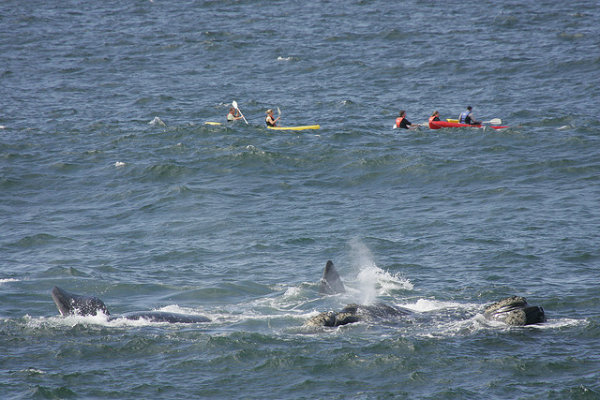
photo by rolfkleef
In the same waters where you can go cage-diving with great white sharks, you can also go sea kayaking with southern right whales. The latter are far less apt to bite you.
Hyena
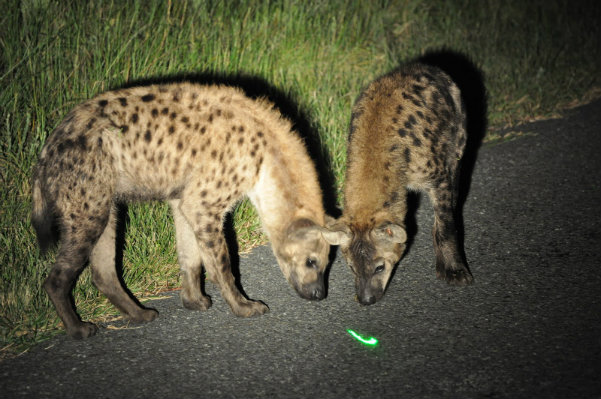
photo by David of South Africa Tourism
Whether you think they’re cute or creepy looking, there’s no denying that you’re likely to get a chill when a couple of hyenas start walking toward your open safari vehicle in the middle of the night.
Baboon
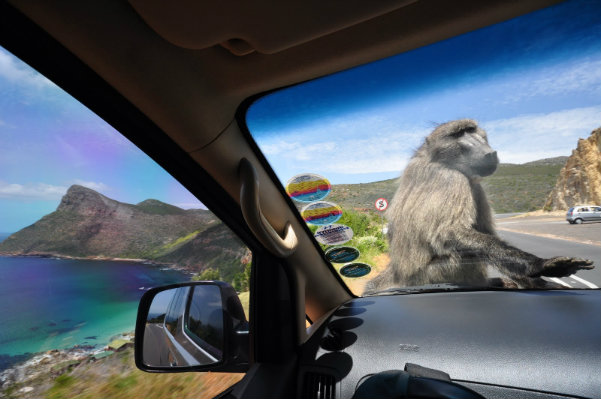
photo by David of South Africa Tourism
The baboons of the Western Cape are acclimated enough to humans that they’ll leap into open cars and steal bags, hunting for food – and they’ve got some sinister teeth. Stay in your cars, folks.
Springbok
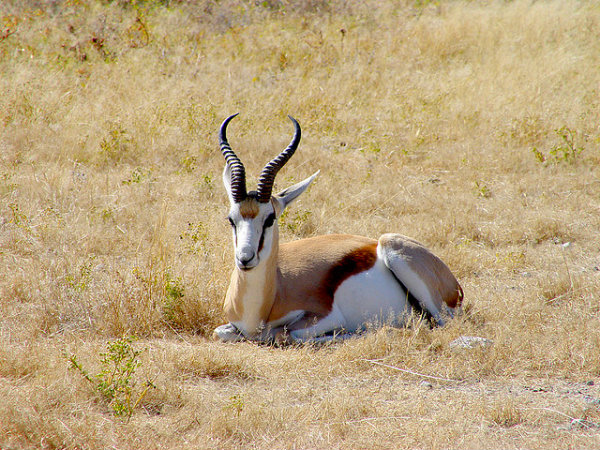
photo by coda
The pretty springbok lends its name to a South African cocktail as well as the country’s national rugby team, so it should be a highlight of a safari to see them.
Wildebeest
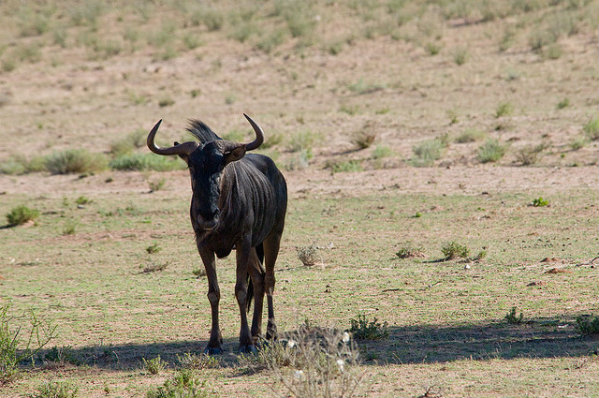
photo by Mister-E
One popular description of the wildebeest is that it looks like it was put together from the leftover parts of other animals – but there’s something exceptionally cool about seeing those wide-set horns atop a herd of wildebeest heads looking your way in the twilight.
Warthog
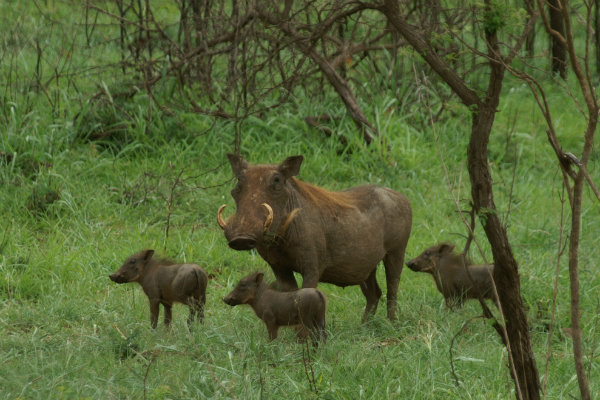
photo by Jessica Spiegel and may not be used without permission
A face only a mother could love? Perhaps…
African Penguin

photo by Jessica Spiegel and may not be used without permission
No visit to Cape Town is complete without a stop at Boulders Beach to check out the wild African penguins – also known as “jackass” penguins (for the sound they make, not for performing idiotic stunts for a television show).
Blue Duiker
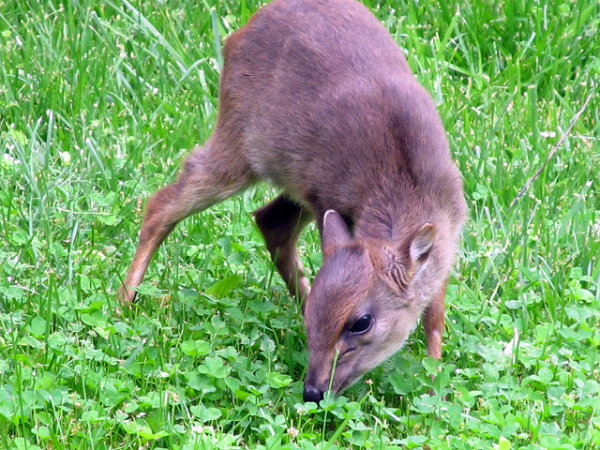
photo by KCZooFan
Seeing the smallest antelope is a big deal, even if the blue duiker won’t win any prizes for its actual size (which is less than 14″ tall).